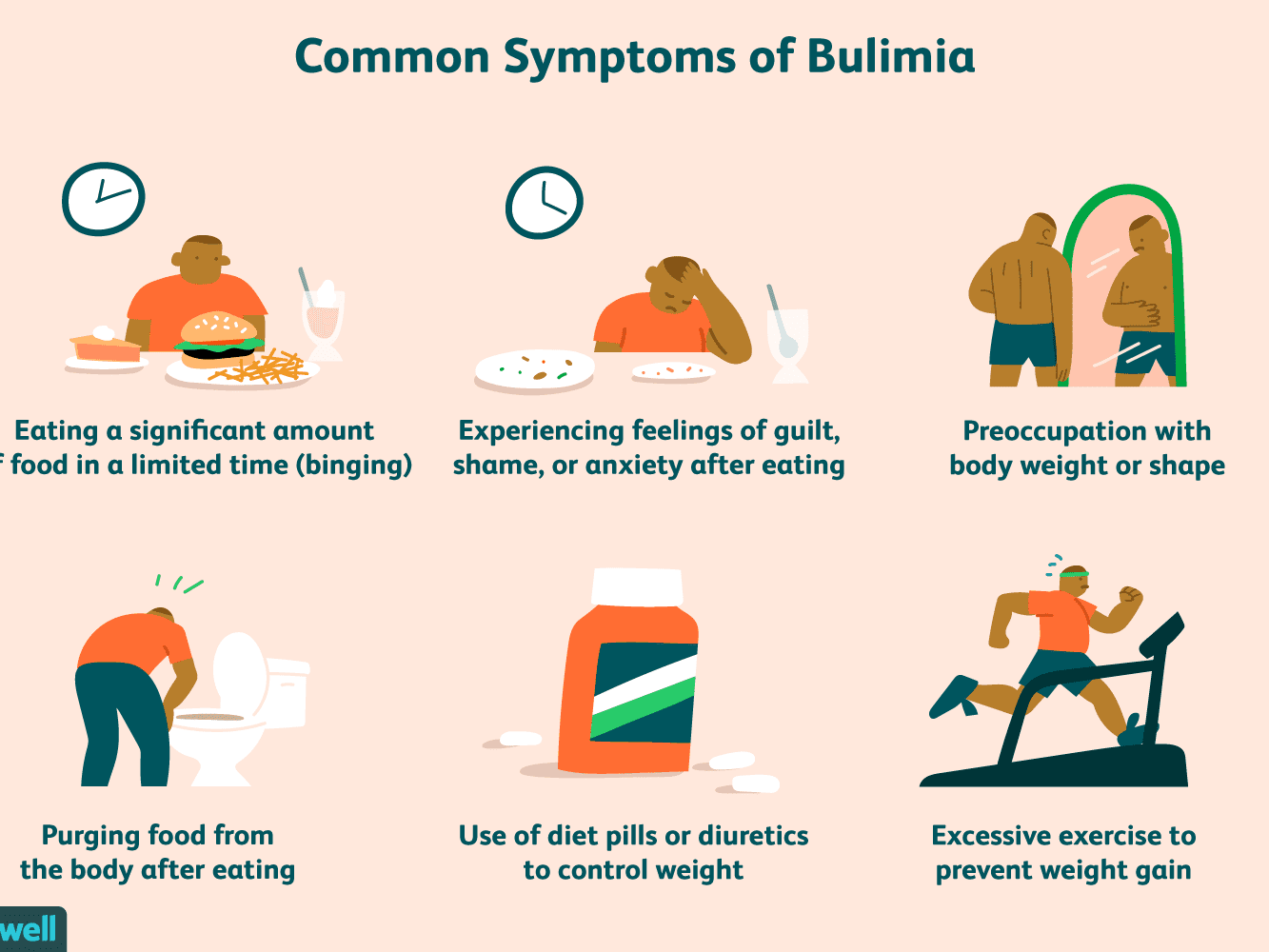8.6 Feeding and Eating, Substance and Addictive, and Personality Disorders
4 min read•june 18, 2024
Dalia Savy
Haseung Jun
Emily Pedrazzi
AP Psychology 🧠
334 resourcesSee Units
Substance Abuse Disorders and Addiction
Any substance where a chemical dependency is formed can develop into a substance abuse disorder. The brain has difficulty naturally creating and receiving neurotransmitters due to disruptions caused by substance addiction. The body becomes dependent on substances because of a chemical imbalance in the brain.
Drugs trick our brains into thinking that they are neurotransmitters. They mimic the effects of endorphins so much to the point that our brain stops producing natural endorphins. This is why there is such a withdrawal when people stop trying to take drugs 💊 The brain of a long-term drug user just cannot produce something significant for your health anymore because of the way drugs trick our brain.
Eating Disorders
The scope of eating disorders is extremely broad, but all eating disorders are characterized by disordered eating patterns. These patterns can be caused by body image issues, an inability to regulate hunger, comorbid conditions, or difficulty with sensory input.
For the AP Psychology exam, the most common eating disorders to know are Anorexia Nervosa, Bulimia Nervosa, and binge eating conditions. Many other eating disorders exist but are not tested on the exam.
Image Courtesy of Verywell Mind.
Anorexia Nervosa
Anorexia Nervosa is a somatic condition characterized by body image issues, starvation or restriction of food, unhealthy obsessions and compulsions regarding weight, and malnutrition. Those with anorexia usually maintain a starvation diet even though they are underweight. They unfortunately continue to feel overweight.

Image Courtesy of Verywell Mind.
Bulimia Nervosa
Another common disorder is Bulimia Nervosa, which is similar to Anorexia Nervosa regarding body image issues, but with different disordered eating patterns. Bulimics have cycles of binge eating and purging in order to lose weight. Weight loss patterns for bulimics tend to widely fluctuate due to the inconsistent nature of food consumption.
After having any meal and binge eating, bulimics force themselves to purge. Because of the fluctuating weight, bulimia is very hard to detect visibly. Because they throw up repeatedly, those with bulimia nervosa tend to have yellowed teeth as well from the stomach acid constantly coming in contact with teeth.

Image Courtesy of Verywell mind.
Binge Eating Disorder
On the opposite end of the spectrum is binge eating, a condition where hunger regulation is low or nonexistent due to issues in the hypothalamus. Those with this disorder binge-eat and then feel guilty or disgusted shortly after. Instead of eating and stop eating when full, those with binge eating disorders eat non-stop for a "binge episode" without regard to being full or not.
Possible Causes
Eating disorders are usually caused by things people have said. For example, if a mother constantly comments about her daughter's weight, her daughter is very prone to an eating disorder. Families of anorexic victims are usually competitive and protective. Any environment of judgement and not accepting oneself leads to a risk of developing an eating disorder.
Eating disorder are also genetic 🧬 If someone in your family has had an eating disorder, it doesn't mean you will develop it. It just slightly increases risk.
Because of the ideal body image that is shown on social media and through modeling, many have body dissatisfaction. Every culture has their own "ideal body image," but all across the board, women and men diet because they don't feel they match with the ideal body image.
Personality Disorders
Personality disorders are complex patterns of thoughts and behavior that are detrimental to personal growth, relationships, and many other areas of life. These disorders are difficult to treat due to their inflexible nature from deeply ingrained trauma. Each personality disorder differs vastly, but patterns described before are consistent throughout.
Disorder | Cluster | Key Traits |
Paranoid Personality Disorder (PPD) | A | Irrational fear, inability to trust others, often thinks in worst case scenario situations |
Schizoid Personality Disorder | A | Detachment from emotions and relationships, little to no interest in any social interaction |
Schizotypal Personality Disorder | A | Eccentric and/or erratic thought, behavioral, and speech patterns, delusions may be present |
Antisocial Personality Disorder (ASPD) | B | Lack of empathy, patterns of manipulation for selfish benefits, little to no remorse; exhibiting a lack of conscience for doing something wrong |
Borderline Personality Disorder (BPD) | B | Extreme emotional swings and perceptions of the world, black and white thinking, impulsive behavior |
Histrionic Personality Disorder (HPD) | B | Dramatic and impulsive behaviors, obsessive need to be the center of attention, people-pleasing |
Narcissistic Personality Disorder (NPD) | B | Grandiose delusions, manipulation, perfectionism, defensive and upset if criticized |
Avoidant Personality Disorder (AVPD) | C | Low self-esteem, avoidance of social interactions, afraid of rejection and criticism |
Dependent Personality Disorder (DPD) | C | Abandonment issues, anxiety when alone, afraid of rejection and criticism |
Obsessive-compulsive Personality Disorder (OCPD) | C | Obsessions and compulsions regarding perfectionism, unable to notice any problems present |
Clusters of Personality Disorders
The three categories for personality disorders include cluster A, cluster B, and cluster C.
- Cluster A: Eccentric behaviors—emotionless disengagement
- Cluster B: Dramatic and impulsive behaviors—attention-getting
- Cluster C: Anxiety—fearing rejection
Image Courtesy of Medium.
Browse Study Guides By Unit
🔎Unit 1 – Scientific Foundations of Psychology
🧠Unit 2 – Biological Basis of Behavior
👀Unit 3 – Sensation & Perception
📚Unit 4 – Learning
🤔Unit 5 – Cognitive Psychology
👶🏽Unit 6 – Developmental Psychology
🤪Unit 7 – Motivation, Emotion, & Personality
🛋Unit 8 – Clinical Psychology
👫Unit 9 – Social Psychology
🗓️Previous Exam Prep
📚Study Tools
🤔Exam Skills

Fiveable
Resources
© 2025 Fiveable Inc. All rights reserved.